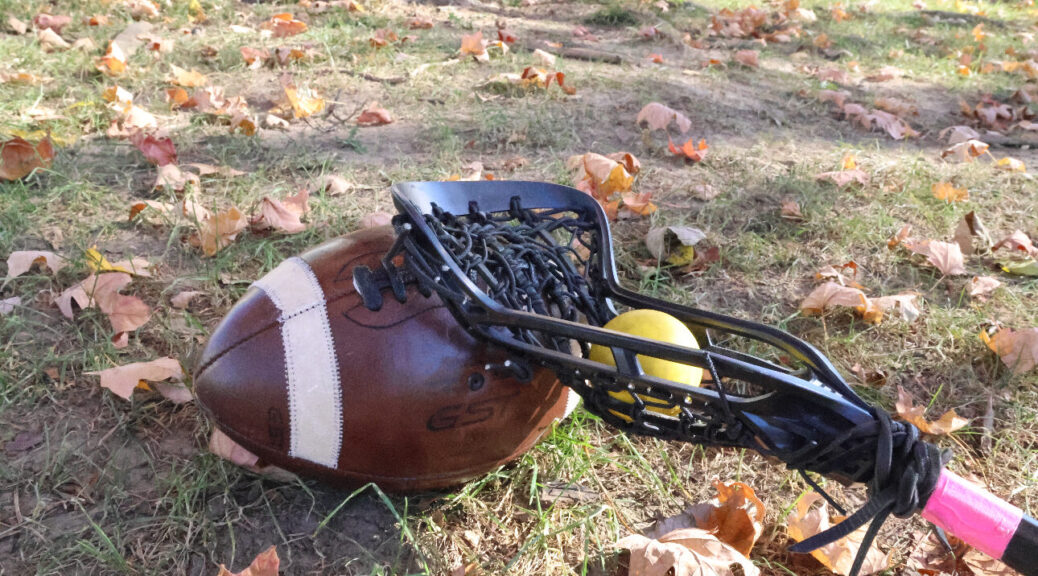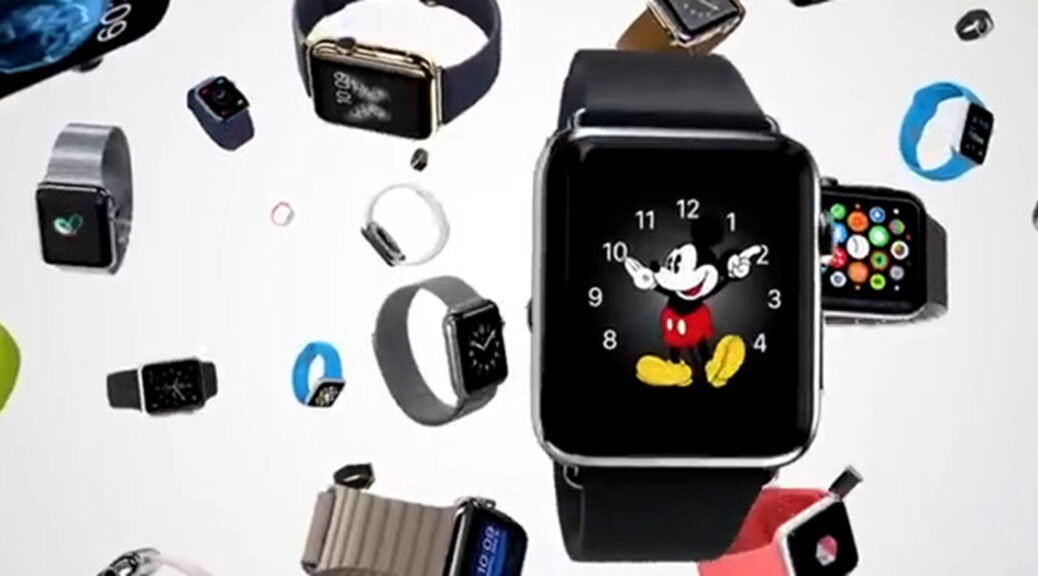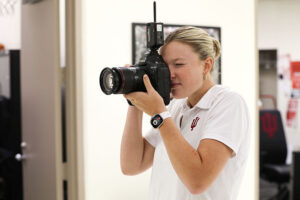NIL: A Concept Overshadowing the Life of College Athletes
By Ava DeSena, Peyton Giesler and Chris Zajac
BLOOMINGTON, Ind. (Nov. 5, 2024)- As humans, we often try to differentiate between selfless and selfish. This concept daunts people as they always attempt to be their best selves. Being selfless in most situations is morally the correct path, but when does life call for us to be selfish? Is it always okay? Is it never okay? Does being selfish overshadow others?
NIL was passed by the Supreme Court in 2021, allowing college athletes to profit from their name, image and likeness. Since then, the public has seen a plethora of college athletes emerge from the field or court and onto our screens; between social media, commercials and brand deals the opportunities for these athletes are endless. Dr. Galen Clavio, a Professor of Sports Media and the Director of the National Sports Journalism Center at Indiana University said, “rights to publicity is a right that everyone has.” But does that mean all college athletes gain the same or a fraction of the opportunities?
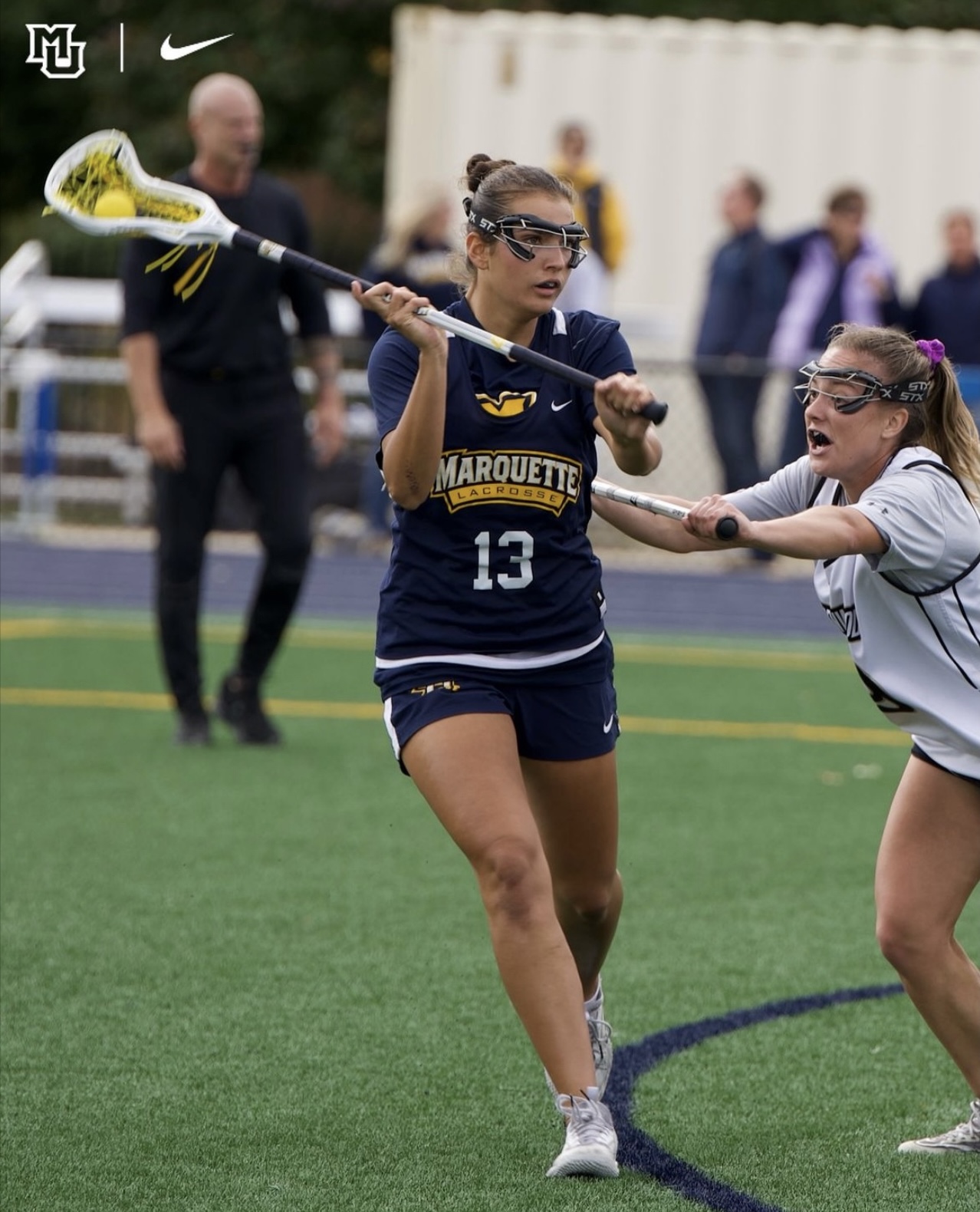
College freshman Lucy Mineo from a small town in New Jersey decided to commit to Marquette University, continuing her lacrosse career as Midfielder for a D1 athletic program. “NIL did not play a role in my decision process because I feel lacrosse lacks NIL deals, especially women’s lacrosse,” she said. About 34% of women sports athletes are paid through college NIL deals according to www.bestcolleges.com, splitting that scarce percentage to over 20 official women’s college sports teams makes you realize how little women’s opportunities can become.
For Mineo, her decision was more based on the “school, the facilities, coaching staff and the people who go to the school.” As Mineo comes from a legacy of D1 athletes within her family she has seen and developed her opinions of the difference between college athletes before and after NIL. NIL has definitely taken over the world of college sports. NIL has created ideals and an atmosphere where it’s not that you love the game, it’s more of, okay you’re good at it so we [the brands] are rewarding you with something not you rewarding yourself with self-enjoyment for the game.” Mineo explains how NIL can overshadow the joy and camaraderie once felt by college athletes. This change creates an environment where sport feels more transactional instead of focusing on the essence of sports.
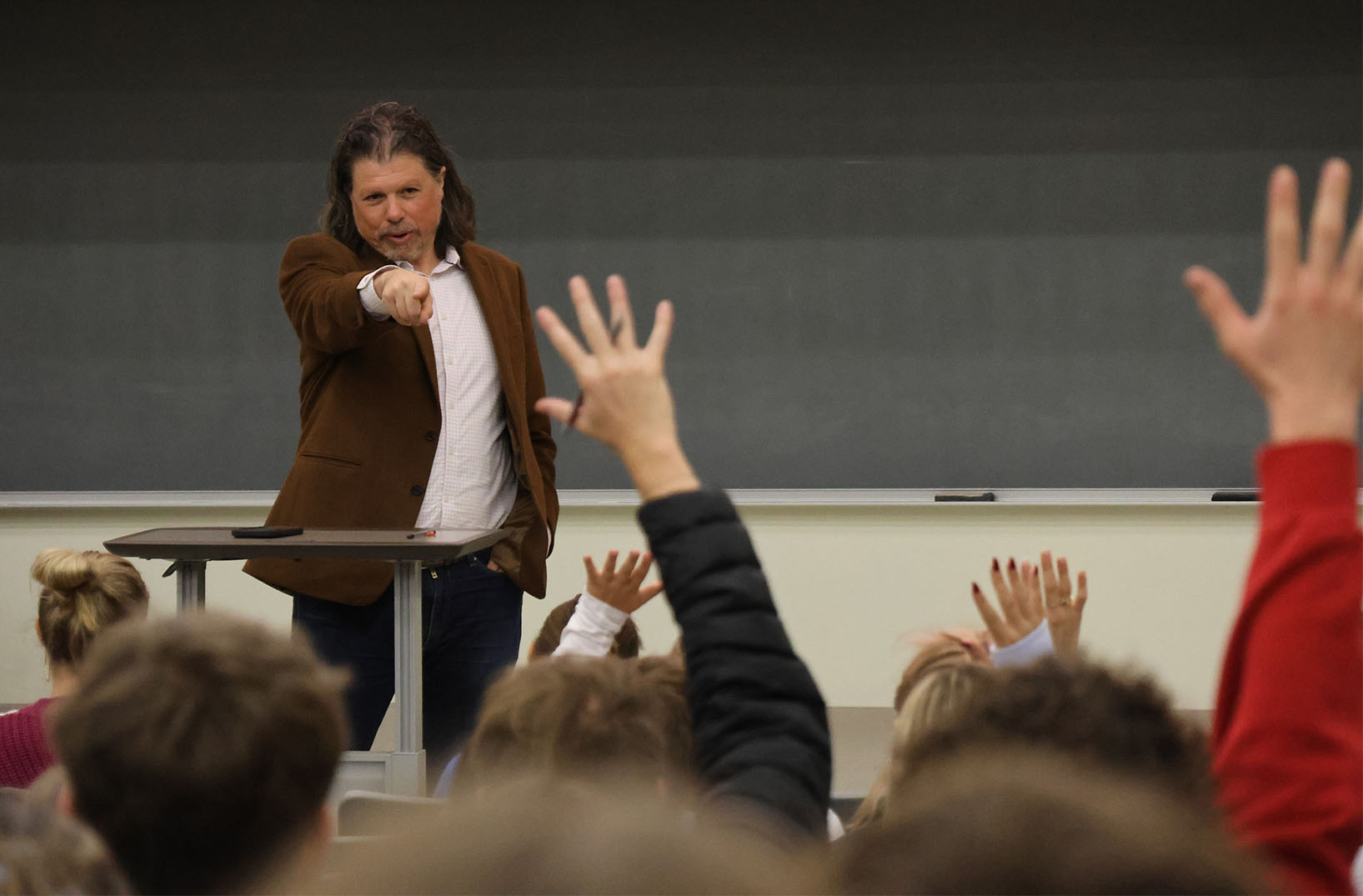
Prior to NIL, athletes in the power four conferences such as the Big Ten and the Southeastern Conference already had a platform to gain attention on their name. Clavio provided his input on how NIL has affected the athletics department. “Indiana has an athletic budget of 135-140 million dollars,” said Clavio. “The Big 10 school will be pulling in 100 million dollars from [TV deal] revenue shares.” How the money is divided is up to the school’s discretion and how the athletics department will see it best fit. Indiana has newfound success in a sport they have the most losses among power four schools in, football. Dr. Cavio explained the impact of NIL on Indiana Football’s success. “IU football is going to sell out potentially 4 games this year, that’s not because they have popular players,” said Clavio. “It’s because they are winning and have good players.” NIL is making a direct impact on the success of Indiana University sports.
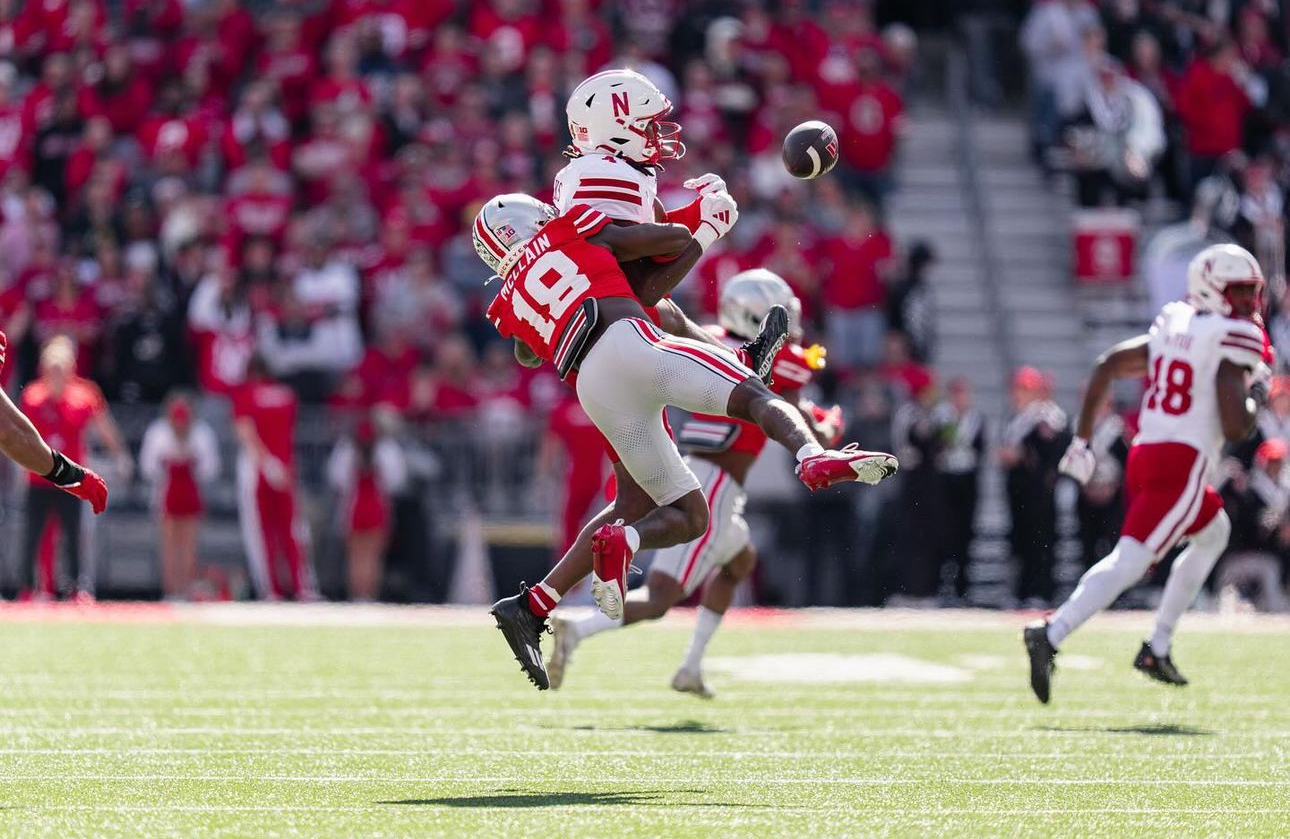
NIL has provided various opportunities for many different athletes across the country. Ohio State University’s football Safety, Jaylen McClain shared the impact NIL made on his commitment decision and his life thus far as a college freshman. “[NIL] did play a factor into my decision, but it wasn’t the main thing I was worried about in my recruitment,” said McClain. Schools such as Ohio State University can gain and maintain large-scale NIL deals for their athletes, with benefits many other schools don’t have the resources for. “I get the luxury of having certain things that other people wouldn’t as a college student,” said McClain. “I am able to have my own car and apartment so I am able to pay the rent for it, pay for gas on a consistent basis and in the future.” Such amazing opportunities could make people grateful, but also it could be a crack, where selfishness could seep in. “You can just tell between people from different schools and how people would rather go to a school for the money, or would rather just do things for the money rather than for themselves and their development. You can just tell certain people are thinking, “I’m trying to get paid rather than I’m trying to get better,” McClain said.
Mineo and McClain are in different positions in their college careers, but they can agree on one important idea: NIL is beginning to overshadow the revolving world of college sports. “Rights to publicity is a right that everyone has,” said Clavio, but it is essential that college athletes along with grasping well-earned opportunities of gaining profit and exposure do not lose sight of how they got there and who helped them along the way. The desire to be great, to excel in one’s game and to contribute to a team should be the driving cause of an athlete’s college career, not the amount of attention or money.
https://youtu.be/XKEabqmMIMA
Justin Molander, Magnuson Larslott and Michael Drebes, students at Indiana University were interviewed on the impact of NIL. Their responses show their support of NIL’s impact on the success of Indiana University athletics.
###



